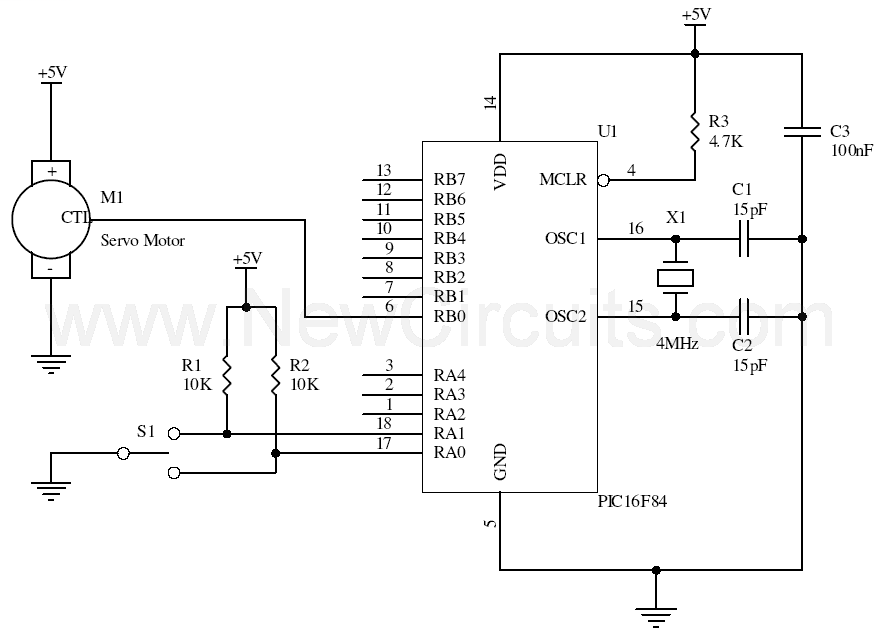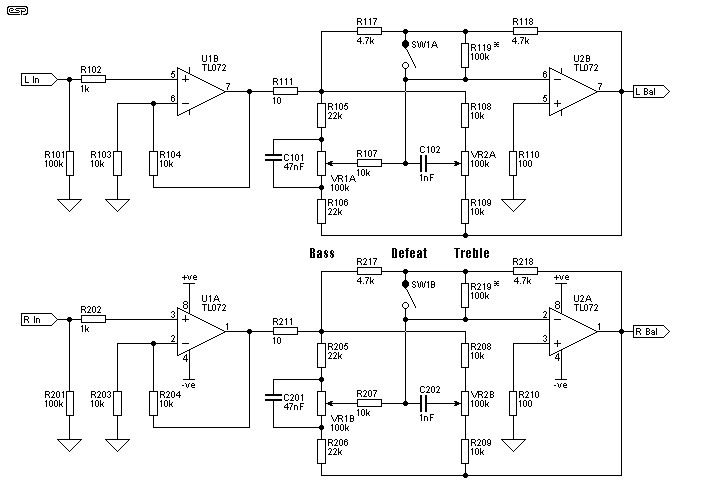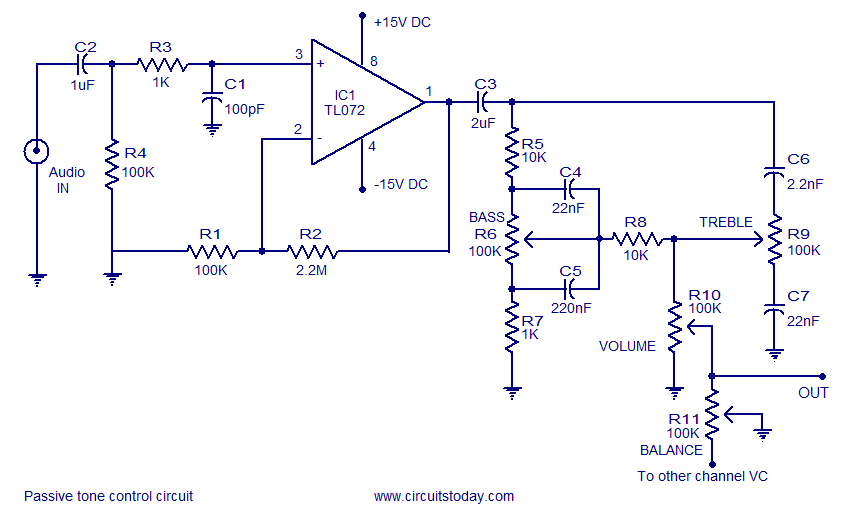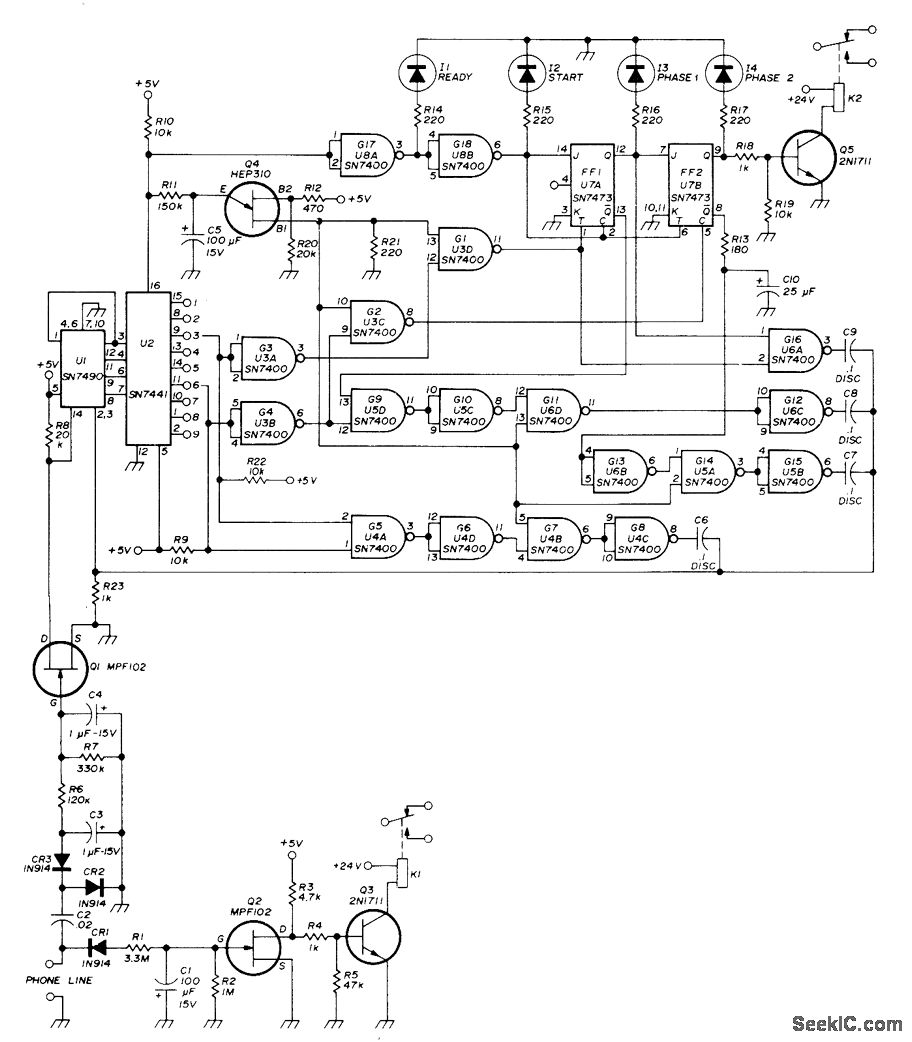
Servo Motor Control with PIC16F84

This simple microcontroller circuit regulates a servo motor based on a 3-state switch. The servo motor functions as an actuator with three positions. It consists of three wires: one for VCC, one for ground, and a third for position control. The position control signal is a single pulse with a variable width, which can range from 1 to 2 milliseconds. A pulse width of 1 millisecond positions the motor axis at -45 degrees, a pulse width of 1.5 milliseconds positions it at 0 degrees, and a pulse width of 2 milliseconds positions it at +45 degrees. The accompanying source code has been developed in PICBasic.
The described circuit utilizes a microcontroller, which serves as the central processing unit for controlling the servo motor. The 3-state switch is connected to the microcontroller's input pins, allowing users to select one of three positions for the servo motor. The switch typically connects to ground when not pressed, and when a state is selected, it sends a signal to the microcontroller.
The microcontroller interprets the switch's state and generates a corresponding pulse-width modulation (PWM) signal to control the servo motor. The PWM signal is crucial for determining the position of the motor. The signal's pulse width is generated by configuring a timer within the microcontroller, which can be programmed to output a high signal for the specified duration (1 ms, 1.5 ms, or 2 ms) based on the input from the switch.
The servo motor itself is powered by the VCC wire, while the ground wire completes the circuit. The position control wire receives the PWM signal from the microcontroller, allowing the servo motor to move to the desired position.
In terms of circuit connections, the VCC wire of the servo motor is connected to a suitable power supply, typically 5V, while the ground wire connects to the common ground of the circuit. The position control wire connects to the designated output pin on the microcontroller, which is configured for PWM output.
The source code written in PICBasic includes routines for initializing the microcontroller, reading the state of the switch, and generating the appropriate PWM signal based on the switch's position. This code is essential for the operation of the circuit, as it dictates how the microcontroller responds to user input and controls the servo motor accordingly. Proper implementation of this code ensures smooth and accurate positioning of the servo motor, making it suitable for various applications requiring precise control.This simple micro-control circuit controls a servo motor according to a 3-state switch. A servo motor acts as an actuator in 3 position. It has 3 wires, one for VCC, one for Ground and another one for position control. The last signal is a single pulse with variable width. The pulse width can vary between 1 and 2 mSec. An 1 mSec pulse width turns the motor axis in -45 degrees position. An 1. 5 mSec pulse width turns the motor axis in 0 degree position. A 2 mSec pulse width turns the motor axis in +45 degrees position. The following source code has been written in PICBasic: 🔗 External reference
The described circuit utilizes a microcontroller, which serves as the central processing unit for controlling the servo motor. The 3-state switch is connected to the microcontroller's input pins, allowing users to select one of three positions for the servo motor. The switch typically connects to ground when not pressed, and when a state is selected, it sends a signal to the microcontroller.
The microcontroller interprets the switch's state and generates a corresponding pulse-width modulation (PWM) signal to control the servo motor. The PWM signal is crucial for determining the position of the motor. The signal's pulse width is generated by configuring a timer within the microcontroller, which can be programmed to output a high signal for the specified duration (1 ms, 1.5 ms, or 2 ms) based on the input from the switch.
The servo motor itself is powered by the VCC wire, while the ground wire completes the circuit. The position control wire receives the PWM signal from the microcontroller, allowing the servo motor to move to the desired position.
In terms of circuit connections, the VCC wire of the servo motor is connected to a suitable power supply, typically 5V, while the ground wire connects to the common ground of the circuit. The position control wire connects to the designated output pin on the microcontroller, which is configured for PWM output.
The source code written in PICBasic includes routines for initializing the microcontroller, reading the state of the switch, and generating the appropriate PWM signal based on the switch's position. This code is essential for the operation of the circuit, as it dictates how the microcontroller responds to user input and controls the servo motor accordingly. Proper implementation of this code ensures smooth and accurate positioning of the servo motor, making it suitable for various applications requiring precise control.This simple micro-control circuit controls a servo motor according to a 3-state switch. A servo motor acts as an actuator in 3 position. It has 3 wires, one for VCC, one for Ground and another one for position control. The last signal is a single pulse with variable width. The pulse width can vary between 1 and 2 mSec. An 1 mSec pulse width turns the motor axis in -45 degrees position. An 1. 5 mSec pulse width turns the motor axis in 0 degree position. A 2 mSec pulse width turns the motor axis in +45 degrees position. The following source code has been written in PICBasic: 🔗 External reference





